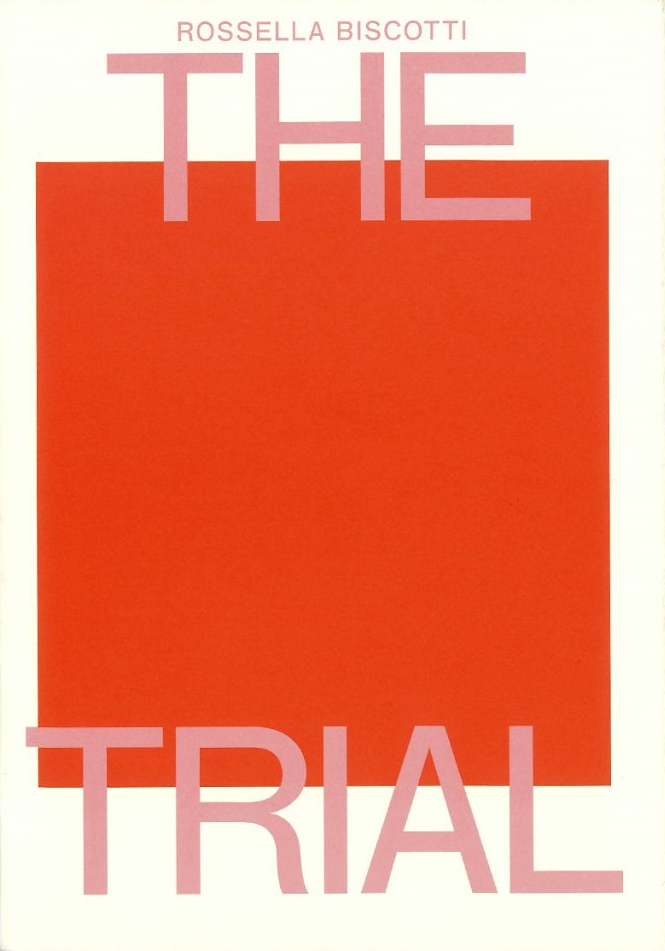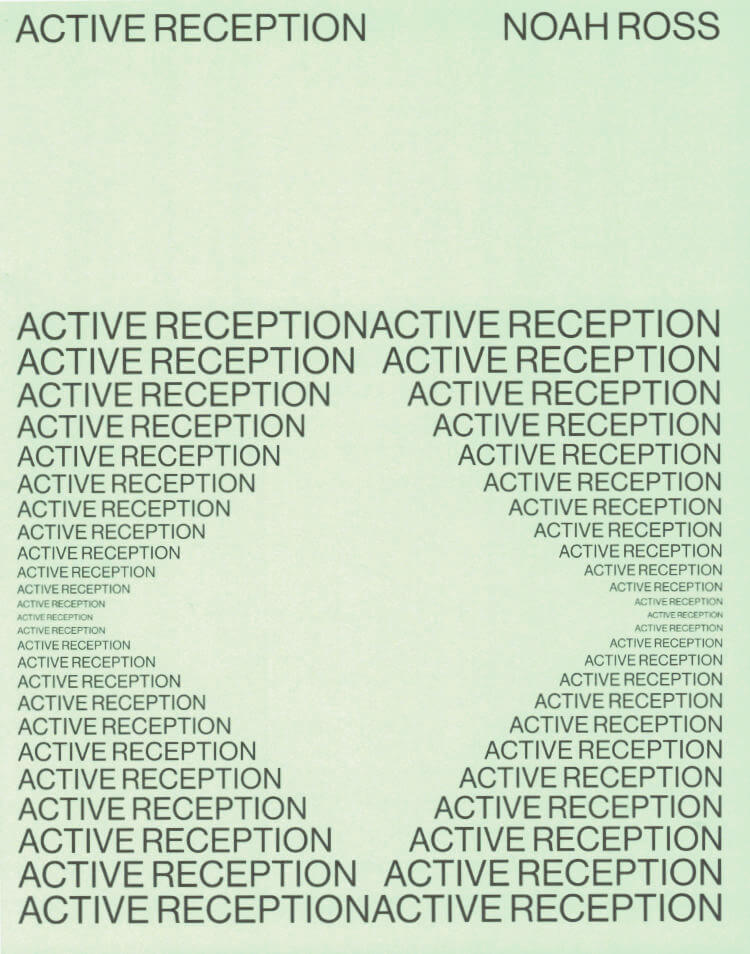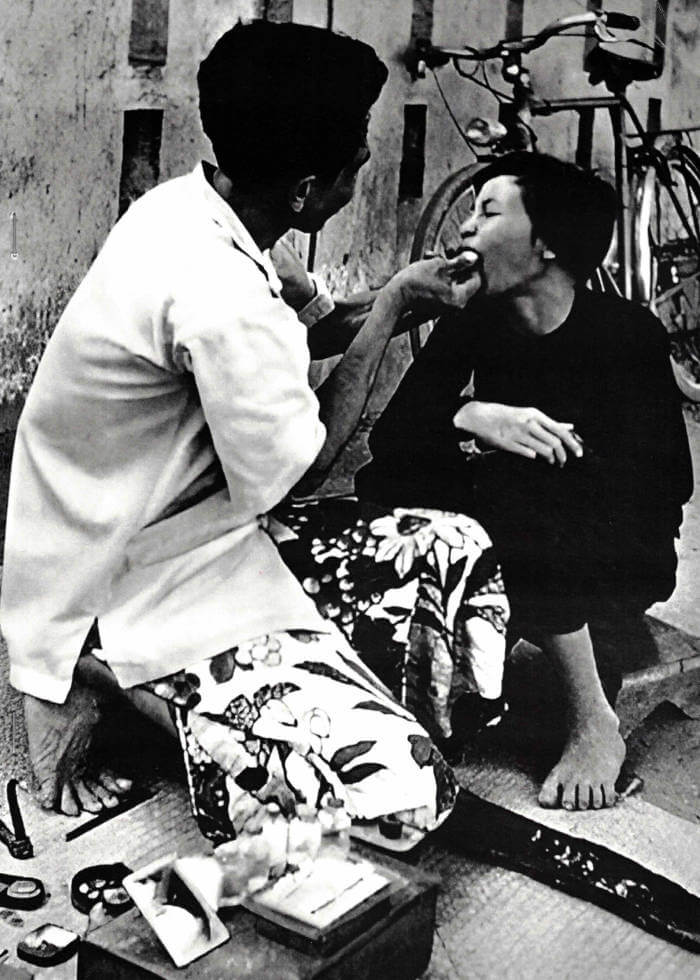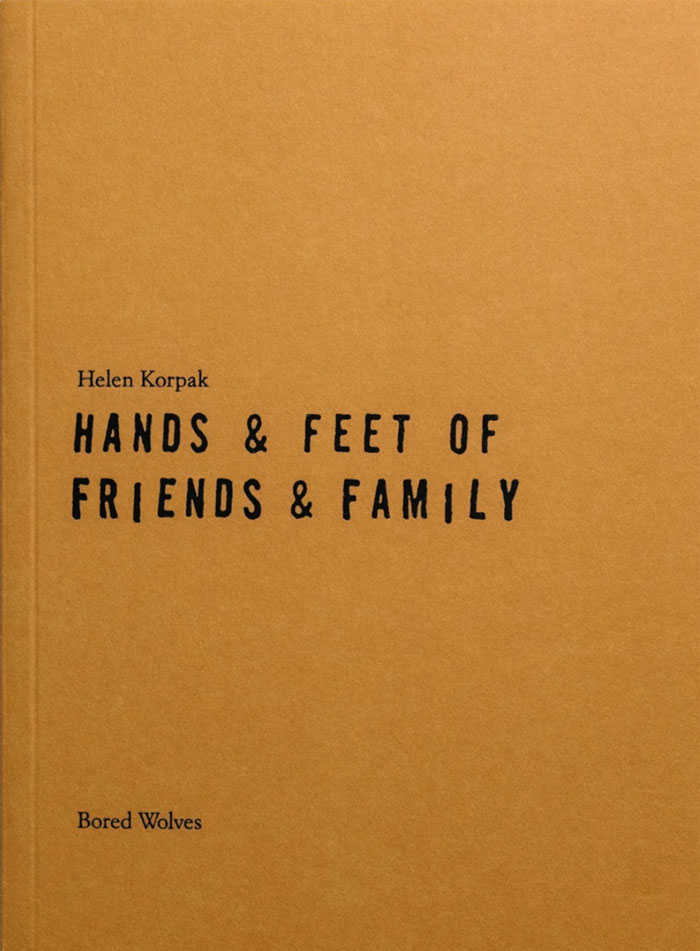
wild wild Wild West & Haunting of the Seahorse
wild wild Wild West / Haunting of the Seahorse by Jonathan Lyndon Chase, part of a new book series of experimental narratives. This release of non-linear storytelling illustrates black queer bodies moving through fluid states of love, grief, and desire within the canons of science fiction, fantasy and horror. Like a love letter, Jonathan employs multi-sensory entanglements, a blending of the abstract and physical, to draw out complex histories of blackness, meditations on mental health, and queer futurity.
Jonathan Lyndon Chase is an interdisciplinary artist principally working in modes of painting, video and sculpture depicting queer black love and community amid the backdrop of urban and domestic spaces. This is their second book with Capricious Publishing—a debut book Quiet Storm was released in conjunction with Company Gallery in 2018. Chase was born in 1989 in Philadelphia, PA where they currently live and work.
Language: English







